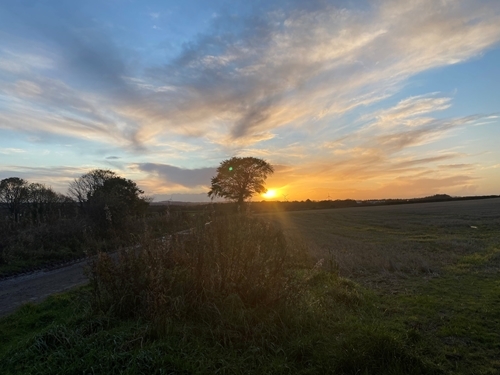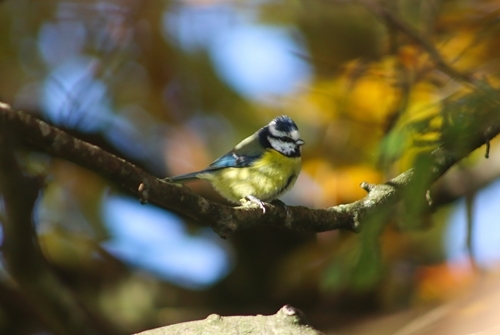The current COVID-19 pandemic has had a huge impact upon peoples’ everyday lives, and the various lockdowns and restrictions put in place throughout the UK have meant that everyone has had to adapt to a ‘new normal’. Many have dealt with this upheaval by escaping to their local greenspaces more so than previously, myself included. Although undoubtedly essential for wellbeing and mental health, I have asked myself the question as an enthusiastic Zoology student, of how this increased footfall within our countryside has impacted the wildlife which inhabits these areas?
As a placement student with Game and Wildlife Conservation Trust’s Scottish Lowland Department, I have been given the opportunity to shed some light on this topic. I have begun a study to assess whether disturbance levels on farmland tracks have an impact upon farmland bird abundance. The study is being carried out at the Balgonie estate, one of the PARTRIDGE project demonstration sites here in Scotland. Balgonie is an ideal site to assess these factors as not only is it a large, arable dominated farm, but it is situated on the edge of a small town. This means that a selection of tracks are perceived to be suitably well used by both members of the public and farm workers, providing a number of high disturbance habitats. As a personal bonus to this, Balgonie also possesses a stunning landscape and due to the current reduction in daylight hours I have managed to witness some remarkable sunrises and sunsets during my time spent there.

In order to assess each track’s disturbance level, I have undertaken a number of surveys where any anthropogenic disturbance on a track within a certain time frame is recorded. This has allowed me to then classify each of the 12 tracks I am surveying into either ‘high’ or ‘low’ disturbance. Despite receiving a few odd looks from people – which is fair enough as I do look rather strange perched on my camping stool scribbling down notes whenever someone passes by – many members of the public have inquired about what I am up to and seem genuinely interested in the study. I have also greatly enjoyed the opportunity as a fan of photography, to get my camera out and have a little bird photoshoot on some of the lower disturbance tracks. I particularly enjoyed photographing one curious blue tit who was no doubt wondering what on earth I was doing on his quiet little woodland track!

I am now planning on undertaking point count surveys to provide insight into the abundance of farmland birds on each of the tracks. In preparation, I have spent much of my free time in recent weeks brushing up my bird ID skills, especially the differences between robin and chaffinch songs! When out in the field completing other various tasks, such as refilling our over-winter partridge feeders, or surveying earthworm density in soil, I often stop what I am doing to check with my colleagues that the seesaw-like “teacher teacher teacher” I can hear is definitely a great tit.
Once I have completed these surveys, I hope to be able to see whether or not in this instance, increased disturbance levels are impacting the number of farmland birds which inhabit these tracks. If this is the case, we could perhaps consider providing further high-quality refuge away from these areas to reduce any impact anthropogenic disturbances have on farmland birds.